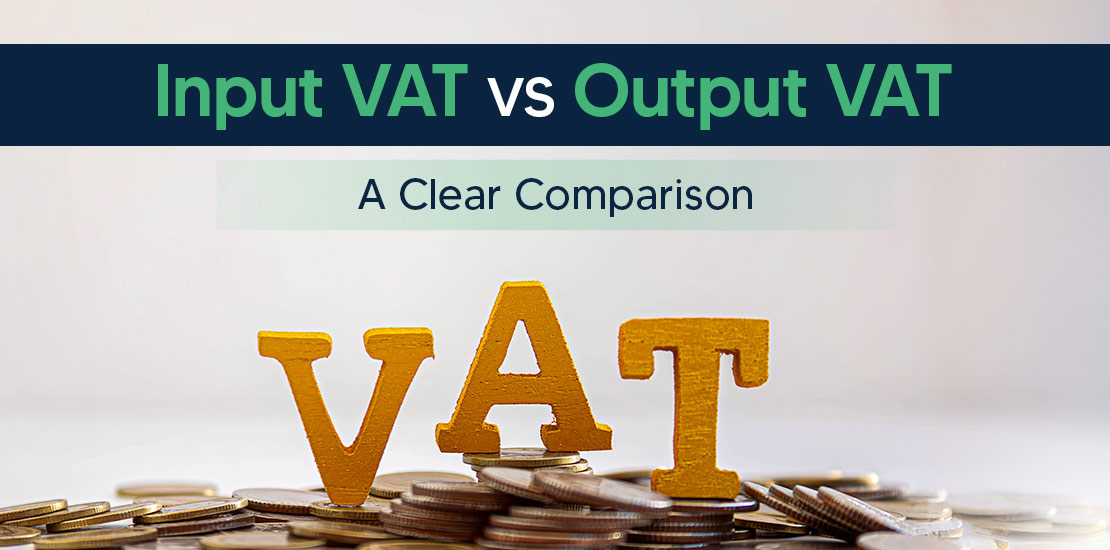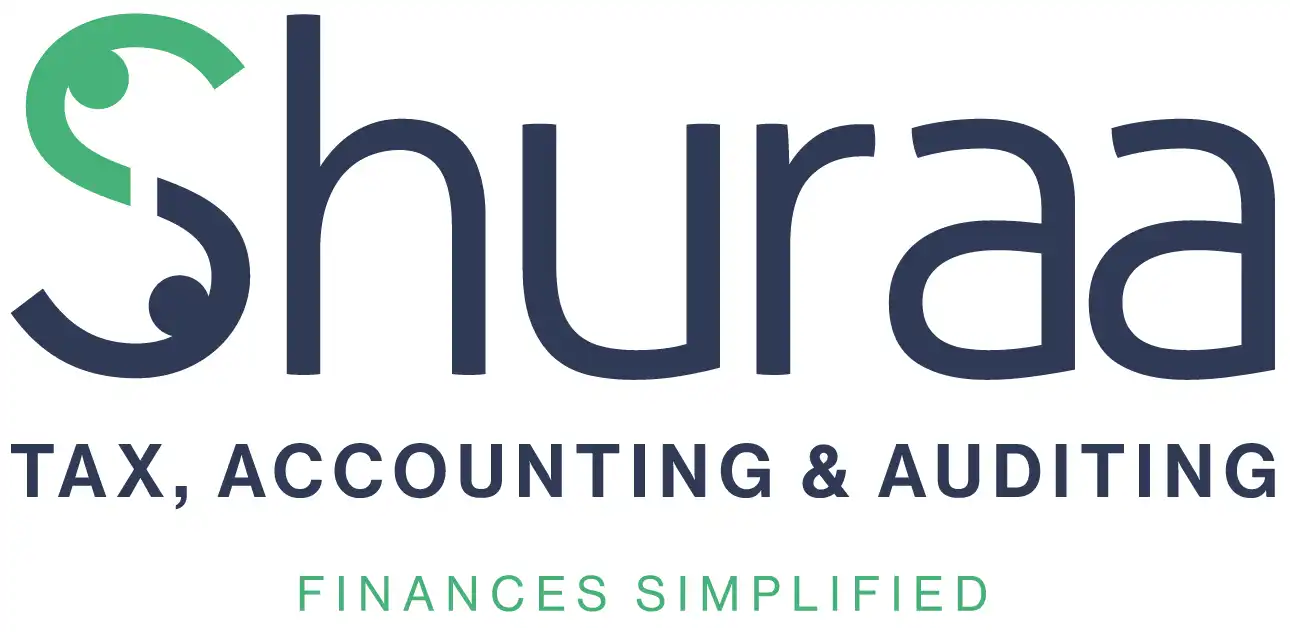Table of Contents
- What is E-invoicing in Saudi Arabia?
- Traditional vs. Electronic Invoicing
- Legal Framework and ZATCA’s E-invoicing Mandate
- Key Regulations and Compliance Requirements
- Who Must Comply with E-invoicing in Saudi Arabia?
- Types of E-invoices in Saudi Arabia
- How to Implement E-invoicing in Your Business in Saudi Arabia?
- Get Your Business E-invoice Ready Today
Saudi Arabia is going through a major digital change as part of its Vision 2030 plan, and one important step in this journey is the move to e-invoicing. To make business transactions more transparent and efficient, the Zakat, Tax and Customs Authority (ZATCA) has introduced new rules that require businesses to switch from paper invoices to electronic ones.
If you’re a business owner in Saudi Arabia, it’s important to understand how this system works and what you need to do to stay compliant.
What is E-invoicing in Saudi Arabia?
In Saudi Arabia, e-invoicing, commonly known as Fatoorah, is a government-mandated process that replaces traditional paper invoices with fully digital ones. Instead of printing and manually storing invoices, businesses must now generate, issue, and keep them electronically.
The Zakat, Tax and Customs Authority (ZATCA) introduced e-invoicing in two key phases. Phase 1, which began on December 4, 2021, focuses on the digital creation and storage of invoices. Phase 2, launched on January 1, 2023, goes a step further by requiring businesses to integrate their e-invoicing systems directly with ZATCA’s Fatoora platform for real-time reporting and validation.
Traditional vs. Electronic Invoicing
Let’s understand at how electronic invoicing (e-invoicing) compares to the old way of issuing paper invoices.
Traditional Invoicing
- Invoice Creation: Invoices are created manually, often on paper or simple digital files like PDFs or Word Documents.
- Format and Structure: No standard structure; format varies by business, which can cause errors or inconsistencies.
- Delivery Method: Invoices are sent via email or printed and mailed physically.
- Government Integration: No integration with government tax systems.
- Reporting: Reporting is manual and usually delayed, making tax audits and compliance slower.
Electronic Invoicing
- Invoice Creation: Invoices are generated electronically in a standardised digital format specified by ZATCA.
- Authentication: Invoices are digitally signed to ensure authenticity and integrity.
- System Integration: During Phase 2, businesses must integrate their invoicing system with ZATCA’s Fatoora platform for real-time invoice submission and validation.
- Reporting: Reporting to tax authorities is automatic and immediate, improving accuracy and compliance.
Legal Framework and ZATCA’s E-invoicing Mandate
The Zakat, Tax and Customs Authority (ZATCA) is the governing body responsible for implementing and overseeing the e-invoicing system in Saudi Arabia. Its primary objectives include:
- Enhancing Transparency: By digitizing invoices, ZATCA aims to reduce the shadow economy and ensure accurate reporting of transactions.
- Improving Compliance: E-invoicing facilitates real-time monitoring, making it easier for businesses to adhere to tax regulations.
- Reducing Fraud: Electronic records are harder to manipulate, thereby minimizing fraudulent activities,
Key Regulations and Compliance Requirements
The e-invoicing in Saudi Arabia mandate is structured into two main phases, each with specific requirements:
Phase 1: Generation Phase
Effective Date: December 4, 2021
Requirements:
- Businesses must generate and store electronic invoices and notes using compliant systems.
- Inclusion of QR codes on invoices, particularly for B2C transactions.
- Optional features include XML formatting, digital signatures, and unique invoice identifiers.
Phase 2: Integration Phase
Effective Date: January 1, 2023
Requirements:
- Integration of the business’s e-invoicing system with ZATCA’s Fatoora platform for real-time invoice validation and reporting.
- Mandatory use of XML format for invoices, incorporating elements like QR codes and digital signatures.
- Implementation of security features to prevent tampering and ensure data integrity.
Phases of Implementation (Phase 1: Generation; Phase 2: Integration)
Phase 2 is being implemented in waves, targeting taxpayers based on their annual VAT-subjected revenues. ZATCA notifies each group at least six months prior to their integration deadline. Key waves include:
- Wave 15: Taxpayers with revenues exceeding SAR 4 million during 2022 or 2023; integration by 1 March 2025.
- Wave 16: Revenues over SAR 3 million; integration by 1 April 2025.
- Wave 17: Revenues over SAR 2.5 million; integration by 31 July 2025.
- Wave 19: Revenues over SAR 1.75 million; integration by 30 September 2025.
- Wave 21: Revenues over SAR 1.25 million; integration by 30 November 2025.
- Wave 22: Revenues over SAR 1 million; integration by 31 December 2025.
Each wave’s criteria are based on revenues from 2022, 2023, or 2024. ZATCA continues to announce subsequent waves, progressively encompassing businesses with lower revenue thresholds.
Who Must Comply with E-invoicing in Saudi Arabia?
E-invoicing is mandatory for the following entities under the VAT system:
- VAT-Registered Businesses: All businesses registered for VAT in Saudi Arabia must issue e-invoices.
- Entities Required to Register for VAT: If your business meets the VAT registration threshold, you must also comply with e-invoicing rules.
- Third Parties: Agents or service providers issuing invoices on behalf of VAT-registered businesses must follow e-invoicing regulations.
- Resident Taxable Persons: Individuals or businesses residing in Saudi Arabia and conducting taxable activities are included.
Who Is Exempt? Non-Resident Taxable Persons: Foreign businesses that are not residents in Saudi Arabia are currently exempt.
Which Transactions Are Covered?
- B2B, B2C, and B2G: E-invoicing applies to sales between businesses, businesses and consumers, and businesses and government entities.
- Also applies to credit and debit notes.
Types of E-invoices in Saudi Arabia
Under the e-invoicing regulations by ZATCA, there are two main types of electronic invoices that businesses must issue:
1. Standard Tax Invoice
The Standard Tax Invoice is used for business-to-business (B2B) and business-to-government (B2G) transactions. It includes detailed information such as the seller and buyer’s VAT numbers, invoice number, VAT amount, and more. This type of invoice allows the buyer to claim input VAT and, in Phase 2, must be issued in a specific XML format embedded within a PDF/A-3 file.
2. Simplified Tax Invoice
The Simplified Tax Invoice is designed for business-to-consumer (B2C) transactions. It contains basic details like the seller’s information, total amount, VAT charged, and a QR code. This invoice is usually issued at the point of sale and is simpler than the standard invoice, making it suitable for retail and consumer-facing businesses.
How to Implement E-invoicing in Your Business in Saudi Arabia?
Implementing e-invoicing in Saudi Arabia may seem complex at first but breaking it down into steps can make the process much easier.
Step 1: Understand the Regulations
Start by familiarizing yourself with ZATCA’s e-invoicing rules, including the two phases:
- Phase 1 (Generation): You need to generate and store invoices electronically.
- Phase 2 (Integration): Your system must be integrated with ZATCA’s Fatoora portal.
Step 2: Assess Your Current Invoicing System
Check if your current billing or ERP system supports e-invoicing. If not, you’ll need to upgrade or switch to an approved solution that meets ZATCA’s technical specifications.
Step 3: Choose a Compliant E-invoicing Solution
Select an e-invoicing software or service provider that is registered with ZATCA and supports invoice generation, digital signatures, QR codes, and integration with the Fatoora portal.
Step 4: Implement Security and Data Accuracy Measures
Ensure each invoice is digitally signed with a UUID and cryptographic stamp to prevent tampering. Store e-invoices securely for a minimum of six years, as mandated by ZATCA.Implement validation checks to ensure the accuracy of invoice details before submission.
Step 5: Prepare Your Team
Train your finance and operations team on how to use the new e-invoicing system, including how to issue standard and simplified tax invoices.
Step 6: Configure and Test Your System
Work with your IT team or service provider to configure the system according to ZATCA’s requirements. Run test invoices to ensure everything, from formatting to QR codes, is correct.
Step 7: Go Live and Stay Updated
Once your system is ready, begin issuing e-invoices as per the mandated timeline. Keep monitoring updates from ZATCA, as new waves of Phase 2 integration are rolled out progressively.
Get Your Business E-invoice Ready Today
E-invoicing in Saudi Arabia is not just a rule, it’s part of the country’s move toward a smarter, digital future. If your business hasn’t started yet, now is the right time. Getting on board early means you’ll avoid last-minute rush, stay fully compliant with ZATCA, and enjoy long-term benefits like better record-keeping, fewer errors, and faster processing.
But we understand it can feel confusing at first and that’s where Shuraa Tax can help.
Our experts will guide you through the entire e-invoicing process, from choosing the right ZATCA-approved software to setting it up and keeping you updated with the latest rules.
Need help with e-invoicing?
Reach out to Shuraa Tax today, we’re here to make the process simple and stress-free.
📞 Call: +(971) 44081900
💬 WhatsApp: +(971) 508912062
📧 Email: info@shuraatax.com













